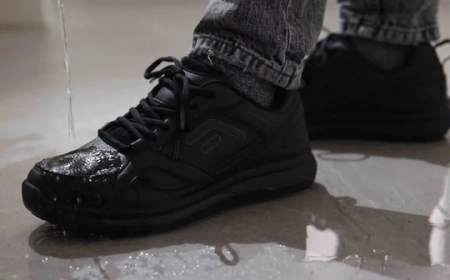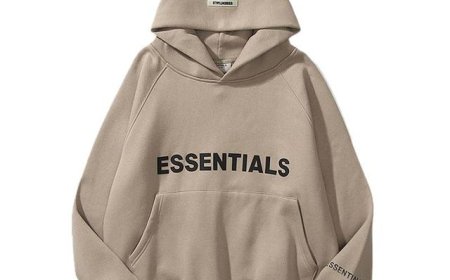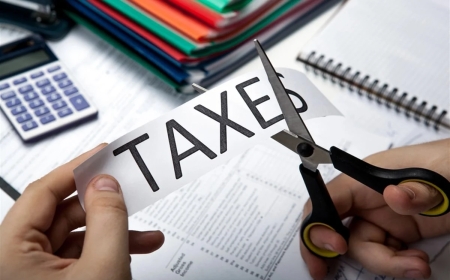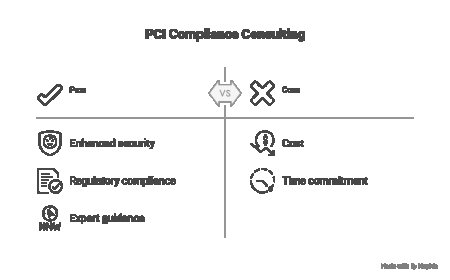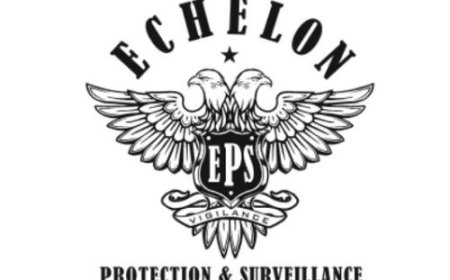How to Respond to Negative Comments on Social Media
Discover professional and effective social media response to negative comments examples that protect your brand and turn critics into loyal fans.

In todays digital age, no brand is immune to negative comments on social media. Whether it's a dissatisfied customer, a misunderstanding, or an intentional troll, your response can either protect or damage your reputation.
Knowing how to respond to negative comments on social media effectively is more than just a public relations tacticit's a powerful way to build trust, show accountability, and even turn critics into your biggest advocates.
In this post, well walk you through:
-
Why social media response matters
-
The dos and donts of replying to criticism
-
Real social media response to negative comments examples
-
Ready-to-use templates and tips to safeguard your brand
Why Responding to Negative Social Media Comments Matters
Before we dive into the examples, lets talk about why this is so important.
-
Public perception is powerful: Your responses are visible not just to the commenter, but to anyone scrolling by. A professional reply reflects well on your brand.
-
Customers expect it: 83% of users expect a brand to respond to a complaint on social media within a day (Sprout Social, 2024).
-
It builds trust: Even when a mistake happens, how you handle it can strengthen credibility.
-
Its an opportunity: Negative comments, when handled well, give you the chance to showcase your brands values, professionalism, and commitment to customer satisfaction.
The Golden Rules of Responding to Negative Comments
Before jumping into actual examples, keep these dos and donts in mind:
DO:
-
Respond promptly Within 24 hours is ideal.
-
Stay calm and respectful Always use a professional tone, even if the comment is aggressive.
-
Acknowledge the issue Show empathy and understanding.
-
Take the conversation offline if needed Offer to resolve the issue via DM or email.
-
Follow up Make sure the issue is closed, and the customer feels heard.
DONT:
-
Ignore the commentsilence often speaks louder than words.
-
Get defensiveyoure representing your brand, not arguing to win.
-
Delete commentsonly remove if theyre abusive or violate guidelines.
-
Use canned responses onlycustomize replies so they feel human and genuine.
7 Social Media Response to Negative Comments Examples (With Templates)
Lets look at real-world scenarios with ready-to-use responses. You can adapt these for Facebook, Instagram, Twitter/X, LinkedIn, or TikTok.
1. The Bad Experience Complaint
Customer Comment:
I had to wait 40 minutes for my order, and the food was cold. Terrible service!
Response Example:
Hi [Name], were really sorry to hear about your recent experience. Thats not the standard we aim for. Wed love the chance to make it right. Please DM us your order number and contact info so we can follow up with you directly. Thank you for your feedback it helps us improve.
Why It Works:
You acknowledge the problem, apologize, and invite the user to a private channel where you can resolve it properly.
2. The Incorrect Order Issue
Customer Comment:
You messed up my order AGAIN. This is ridiculous.
Response Example:
Hi [Name], were truly sorry about the repeated mistake. We understand your frustration, and this isnt the experience we want you to have. Please DM us your details, and well make sure this is corrected ASAP. Thank you for bringing it to our attention.
Tip: Avoid blaming staff or making excuses. Stay solution-focused.
3. The Product Didnt Work Review
Customer Comment:
I bought your fitness tracker, and it stopped working after two days.
Response Example:
Hi [Name], we apologize for the inconvenience! Thats definitely not expected. Wed be happy to help with a replacement or troubleshooting. Please send us a DM with your order info so we can assist you directly.
Bonus Tip: Consider offering something extra (e.g., a discount code) to turn a negative into a positive.
4. The Too Expensive Complaint
Customer Comment:
Why are your prices so high? I can get the same thing cheaper elsewhere.
Response Example:
Thanks for your feedback, [Name]. We understand that pricing is important. Our products are priced to reflect quality, ethical sourcing, and dedicated customer support. We hope youll find value in what we offer and are happy to answer any questions!
Why It Works:
You stand by your pricing without sounding arrogant or dismissive.
5. The Rude Staff Incident
Customer Comment:
The staff at your downtown store was incredibly rude. Wont be coming back.
Response Example:
Were very sorry to hear this, [Name]. We expect all team members to treat customers with respect and kindness. This is being looked into, and wed appreciate more details. Could you DM us so we can investigate and follow up?
Tip: Internal issues should be handled discreetly. Never call out employees by name online.
6. The False Accusation or Troll
User Comment:
Your business scams people. Everyone should avoid you!
Response Example:
Hi [Name], we take accusations like this seriously. Weve found no record of a transaction matching your profile. If youve had an issue, wed like to resolve itplease reach out via DM. False claims can harm small businesses, so we appreciate clarity.
Why It Works:
You maintain professionalism while subtly calling out the potential misinformation.
7. The Late Delivery Complaint
Customer Comment:
Still waiting for my order Its been over a week!
Response Example:
Hi [Name], sorry for the delayshipping times have been impacted by [brief explanation, e.g., high demand]. Please send us your order number via DM, and well check on it right away.
Pro Tip: Transparency goes a long way. Set realistic expectations and follow up with real updates.
How to Train Your Team for Better Social Media Responses
If you have a team managing your social channels, training them to respond consistently is key.
Create a Brand Voice Guide:
-
Decide how your brand soundsprofessional? Friendly? Casual?
-
Outline tone guidelines for handling complaints vs. compliments.
Build a Response Library:
-
Have pre-approved templates (like the ones above).
-
Make sure reps personalize before sending.
Roleplay Common Scenarios:
-
Practice responding to angry or sarcastic comments.
-
Discuss how to de-escalate tension or offer resolutions.
When Should You Hide or Delete Comments?
Some comments can be deletedbut only in certain situations:
-
Hateful or abusive language
-
Spam or irrelevant links
-
Trolling without any basis in reality
If a comment is negative but valid, dont delete it. Instead, use it as an opportunity to showcase your commitment to improvement.
Tools to Help Manage Social Media Comments
If your business gets a high volume of comments daily, these tools can help:
-
Sprout Social Organizes mentions, allows team collaboration
-
Hootsuite Schedule, monitor, and respond to messages in one place
-
Zendesk for Social Media Integrated customer support with response history
Conclusion:
Negative comments are inevitable, but poor handling doesnt have to be. A thoughtful and empathetic social media response to negative comments can turn a bad experience into a positive onefor your customer and your brand.
By staying calm, showing empathy, and acting quickly, you send a clear message: you listen, you care, and youre willing to improve.





